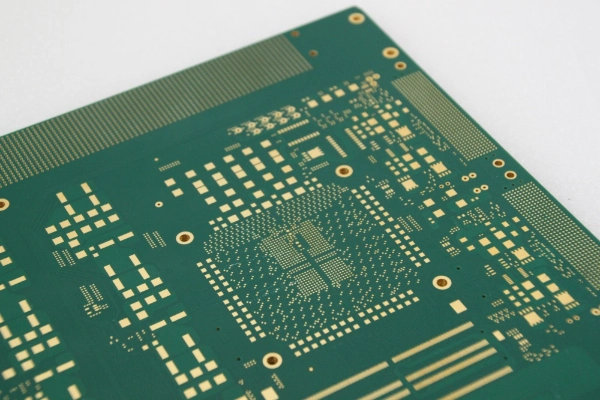Revolutionizing Connectivity: The Indispensable Role of Satellite Communication
2 min readIn today's interconnected world, satellite communication has emerged as a vital technology that revolutionizes connectivity across various industries. From telecommunications and broadcasting to weather forecasting and navigation, the importance of satellite communication cannot be overstated. This article delves into the multifaceted significance of satellite communication, exploring its impact on global connectivity, disaster management, remote areas, and scientific research.
- Enabling Global Connectivity:
Satellite communication plays a pivotal role in connecting people and businesses worldwide. Unlike traditional terrestrial communication systems, satellites can cover vast areas, including remote regions and oceans, where terrestrial infrastructure is limited or non-existent. This global coverage facilitates seamless communication, enabling individuals, organizations, and governments to stay connected across borders, fostering international collaboration and economic growth. - Enhancing Disaster Management:
During natural disasters or emergencies, terrestrial communication infrastructure often suffers severe damage, hindering communication and rescue efforts. Satellite communication acts as a lifeline in such situations, providing uninterrupted connectivity for emergency services, disaster response teams, and affected communities. By enabling real-time communication, satellite technology aids in coordinating relief operations, disseminating critical information, and saving lives. - Bridging the Connectivity Gap in Remote Areas:
Satellite communication plays a crucial role in bridging the digital divide by extending connectivity to remote and underserved areas. In regions where laying terrestrial cables is impractical or economically unfeasible, satellite technology offers a viable solution. It enables access to essential services like telemedicine, e-learning, and e-commerce, empowering communities and fostering socio-economic development. - Advancing Scientific Research:
Satellites serve as indispensable tools for scientific research and exploration. They facilitate data collection and transmission from remote locations, enabling scientists to study climate patterns, monitor environmental changes, and conduct space exploration. Satellite communication also supports global positioning systems (GPS), enabling precise navigation, mapping, and geolocation services, which are vital for various scientific and commercial applications. - Ensuring Reliable Communication:
Satellite communication provides a reliable and secure means of communication, particularly in critical sectors such as defense, aviation, and maritime industries. Satellites offer robust and resilient communication channels that are less susceptible to disruptions caused by natural disasters, cyber-attacks, or physical damages. This reliability ensures uninterrupted communication, enhances operational efficiency, and safeguards national security.
Conclusion:
Satellite communication has become an indispensable technology, revolutionizing connectivity across industries and transforming the way we communicate, collaborate, and navigate the world. Its global coverage, resilience, and ability to bridge connectivity gaps make it a vital tool for disaster management, scientific research, and connecting remote areas. As we continue to rely on seamless and reliable communication, the importance of satellite communication will only grow, shaping a more connected and technologically advanced future.


